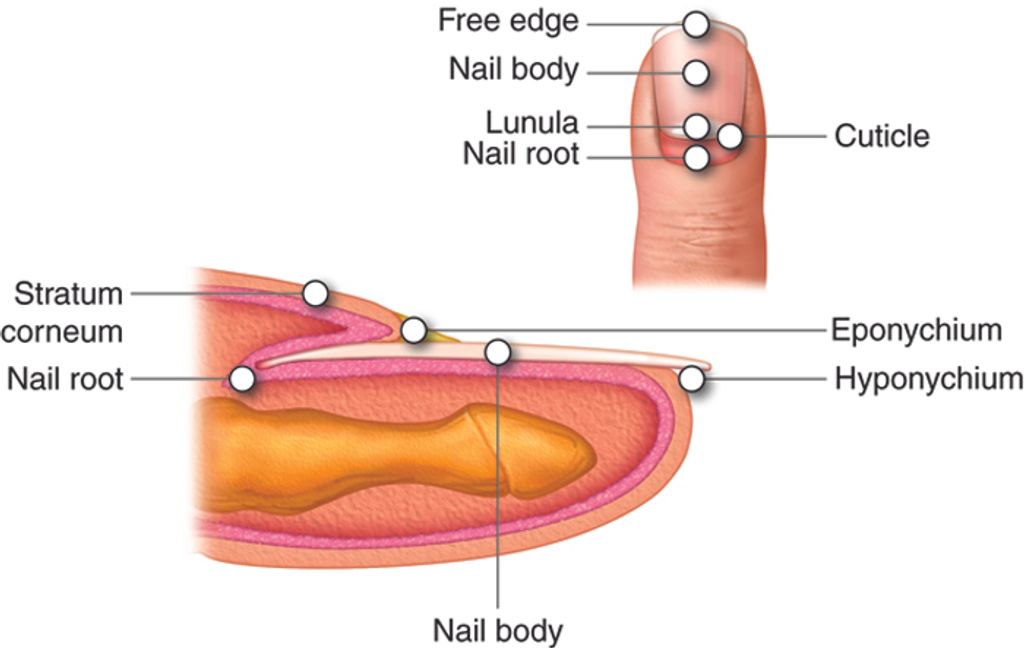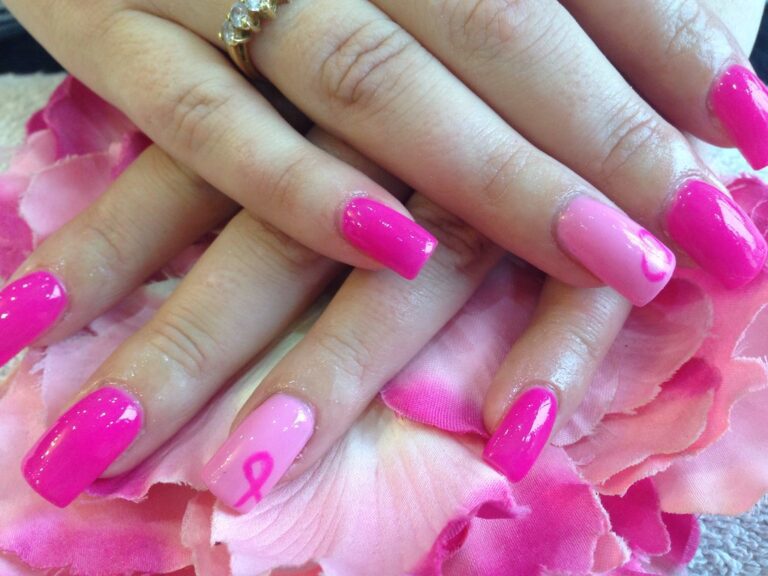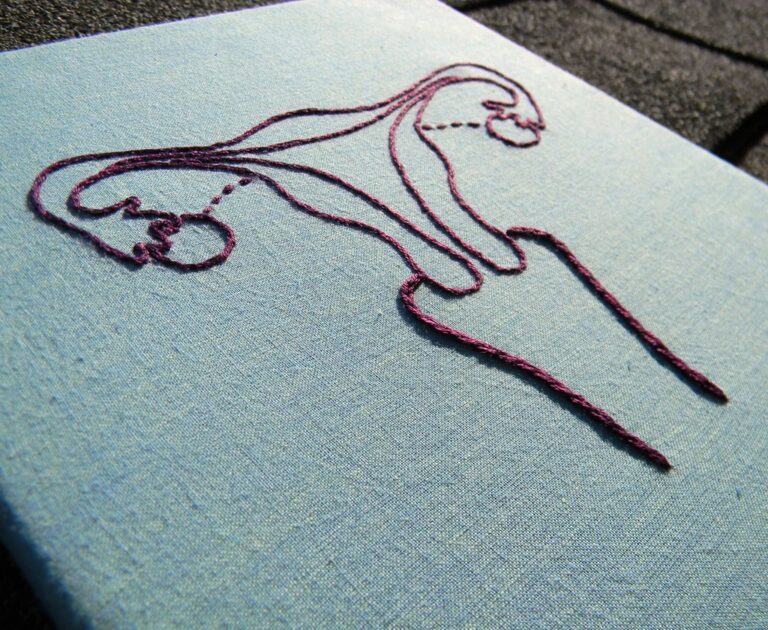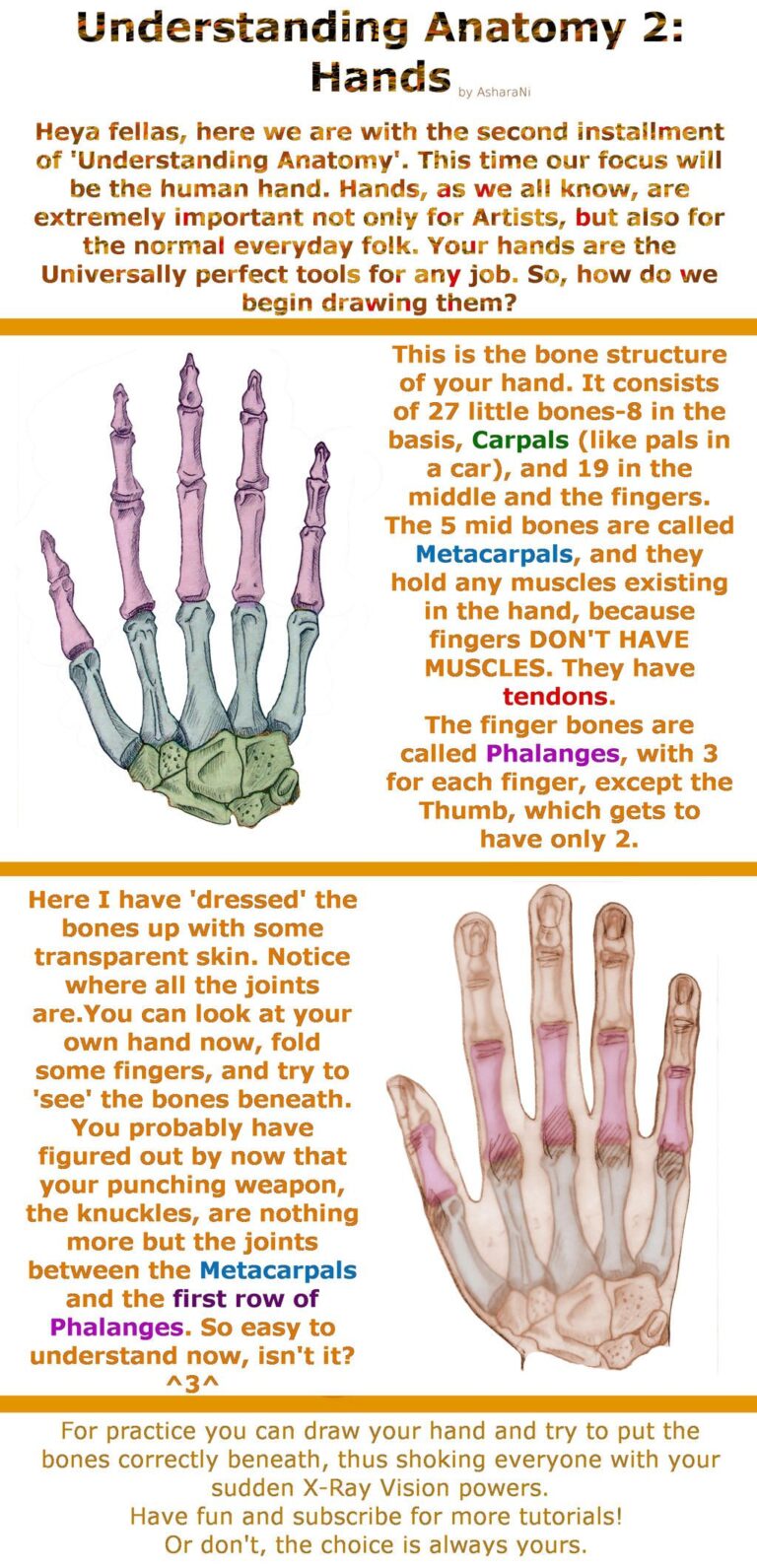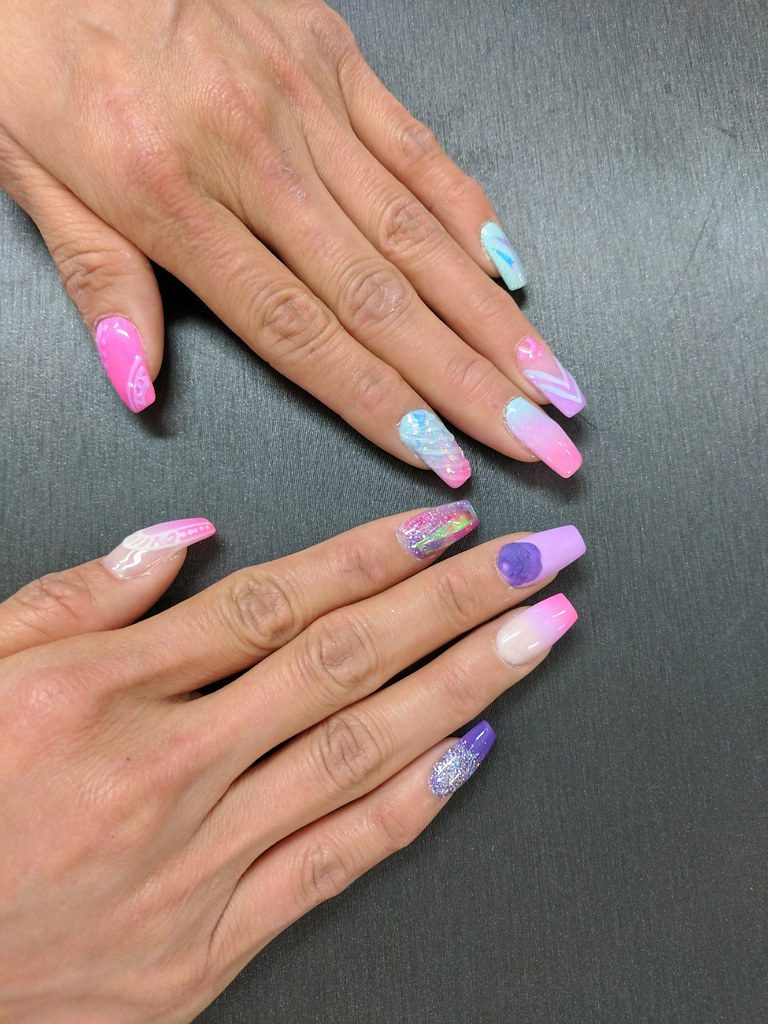“Regrowth Journey: Can Nails Grow Back?”
In the journey of nail regrowth, understanding the anatomy, growth cycle, and regenerative capabilities of nails is crucial. This article explores the factors influencing nail growth, common causes of nail damage, medical interventions, natural remedies, and monitoring nail health during regrowth.
Key Takeaways
- Proper nail hygiene and maintenance are essential for healthy regrowth.
- Nutrition and supplements play a significant role in promoting nail health and regrowth.
- Seeking professional help is important for severe nail damage or loss.
- Natural remedies such as herbal and topical treatments can aid in nail regrowth.
- Monitoring nail health and progress is vital for adjusting care and identifying potential complications.
Understanding Nail Anatomy and Growth

The Structure of the Nail
The human nail is a complex structure that plays a crucial role in protecting the fingertips and enhancing tactile sensation. Composed primarily of keratin, a tough and resilient protein, nails are more than just a canvas for decorative art; they are a functional part of our anatomy. The nail itself has several key components:
- The nail plate, the visible hard part of the nail
- The nail bed, the skin beneath the nail plate
- The cuticle, the tissue that overlaps the nail plate at the base
- The nail matrix, the tissue under the nail bed responsible for nail growth
Each of these elements works in harmony to support nail health and growth. For instance, the nail matrix is where new nail cells are generated, and as they grow outwards, they push the older cells forward, forming the nail plate we see.
Tip: Keeping the cuticle healthy is essential, as it serves as a protective barrier against infections.
Understanding the structure of the nail is fundamental when considering nail health and regrowth. Damage to any part of the nail can affect its ability to grow back normally, which is why proper care and maintenance are vital.
Factors Influencing Nail Growth
Factors such as poor circulation, ill health, age, and hormonal changes can significantly influence the rate of nail growth. These factors affect the body’s internal environment and can impact the nourishment and strength of the nails. Understanding and addressing these influences is crucial for promoting healthy nail growth and maintenance.
The Nail Growth Cycle
The nail growth cycle is a continuous process that can be influenced by various factors such as age, nutrition, and health. It consists of three main phases: the anagen (growth phase), the catagen (transitional phase), and the telogen (resting phase). Unlike hair, nails do not have a resting phase and grow continuously.
-
Anagen Phase: This is the active growth period where cells in the root of the nail divide rapidly, pushing the nail forward. This phase can last several years for fingernails.
-
Catagen Phase: Although not as distinct as in hair, this short transitional phase occurs when the nail growth slows down and the nail prepares to enter the telogen phase.
-
Telogen Phase: Nails do not have a traditional telogen phase; instead, they grow at a consistent rate until they are cut or broken. However, factors like trauma or disease can cause a nail to enter a state similar to telogen, where growth is halted.
To maintain healthy nail growth, it’s essential to protect nails from damage and provide them with the necessary nutrients. While you can’t significantly speed up the growth, strengthening and protecting your nails can ensure they grow to their full potential.
Common Causes of Nail Damage and Loss

Trauma and Accidents
Trauma and accidents are common causes of nail damage and loss. When a nail is injured or falls off, a new nail will grow back to replace it. The process of [nail regrowth](https://www.quora.com/After-an-entire-nail-either-from-hand-or-foot-is-removed-what-is-that-exposed-red-tissue-and-how-many-times-does-it-take-to-regenerate-or-either-turn-into-skin-or-regrow-the-entire-nail) involves the formation of a new nail bed and the gradual development of the nail plate. It’s important to provide proper care and protection to the affected area to support the regrowth process. Additionally, maintaining good nail hygiene and avoiding further trauma can aid in the successful regrowth of the nail. It’s essential to be patient and consistent in caring for the regrowing nail to achieve the best results.
Infections and Diseases
Infections and diseases can have a significant impact on nail health. Fungal infections, in particular, can lead to discoloration, brittleness, and thickening of the nails. It’s important to address these issues promptly to prevent further damage and promote healthy nail regrowth. Additionally, bacterial infections can cause pain, swelling, and pus around the nails, indicating the need for medical attention. Proper diagnosis and treatment are essential for managing infections and promoting nail recovery.
Chemical Exposure and Nail Care Practices
Frequent exposure to chemicals in nail care products can have detrimental effects on nail health. Chemical exposure often occurs through the use of nail polish, removers, and artificial nail applications, which contain compounds that can weaken the nail structure over time. For instance, acetone, commonly found in nail polish removers, can dehydrate the nail, leading to brittleness and breakage.
Proper nail care practices are essential to minimize chemical damage. It’s important to give nails a break from polish and treatments to allow them to recover. Additionally, using less abrasive alternatives and opting for nail-friendly products can help maintain nail integrity. Here are some tips to consider:
- Choose acetone-free nail polish removers.
- Limit the use of artificial nails and harsh adhesives.
- Wear gloves when using household cleaners to prevent chemical contact.
Tip: Always read product labels and select options with fewer harsh chemicals to promote healthier nails and reduce the risk of damage.
The Regenerative Capabilities of Nails

How Nails Repair Themselves
Nails are remarkable for their ability to repair and regenerate after damage. The process of nail regrowth begins at the matrix, a tissue under the skin at the nail’s base responsible for producing new cells. These cells gradually push forward, replacing the old nail plate with a new one. This is a slow process, and the rate of growth can be influenced by several factors including age, nutrition, and overall health.
To support nail repair, consider the following steps:
- Maintain hydration by using moisturizing products, such as nail and cuticle oils, to prevent brittleness.
- Protect the cuticle area to ensure a healthy growth environment.
- Use strengthening products that can help nails regrow more effectively.
Tip: Consistency in care is key. Regularly applying nourishing treatments can significantly improve the condition of your nails over time.
Remember, while nails can regenerate, the time it takes for a complete regrowth cycle can vary. For severely damaged nails, it may take up to three months to fully grow out. Monitoring your nails’ health and adjusting your care routine as needed will help ensure the best outcome for your regrowth journey.
Limitations to Nail Regrowth
While nails have a remarkable ability to regenerate, there are certain limitations to nail regrowth that must be acknowledged. Factors such as the extent of the injury, age, and overall health can significantly influence the regenerative process. For instance, a nail bed that has been severely damaged may not be able to support the growth of a new nail, leading to permanent changes in nail appearance or even loss.
Genetic predispositions also play a role in how well nails can recover after damage. Some individuals may experience slower growth rates or may be more prone to complications that can impede regrowth. Additionally, lifestyle choices, such as diet and smoking, can affect the body’s ability to repair and regenerate tissues, including nails.
It’s essential to maintain realistic expectations about nail regrowth and to understand that patience is key. The process can take several months, and in some cases, the nail may not return to its original state.
When considering the potential for nail regrowth, it’s helpful to categorize the damage as either partial or complete. Here’s a simple breakdown:
- Partial Nail Loss: Often has a better prognosis for regrowth.
- Complete Nail Loss: May result in more significant challenges and a longer recovery time.
Partial vs. Complete Nail Loss
The regenerative process of nails can be significantly affected by the extent of nail loss. Partial nail loss often occurs due to minor injuries or localized infections, where only a portion of the nail is affected. In such cases, the nail is likely to grow back over time, provided the nail bed and matrix are not severely damaged. Proper care and protection of the area can facilitate a healthy regrowth process.
In contrast, complete nail loss may result from more severe trauma, repeated infections, or aggressive medical interventions like nail avulsions. When the entire nail is removed or lost, the regrowth can be more uncertain and may take longer. The underlying health of the nail bed and matrix is crucial for the nail to regenerate. If these structures are intact, a new nail could eventually grow back; however, if they are compromised, the potential for regrowth diminishes.
Tip: It’s essential to keep the nail bed clean and protected after any nail loss to prevent infections and promote healing. Avoiding further trauma to the area is also critical for successful regrowth.
Medical Interventions for Nail Regrowth

When to Seek Professional Help
While many nail issues can be managed with home care and patience, certain conditions warrant professional medical attention. It’s crucial to recognize when a problem exceeds the scope of self-treatment and requires a specialist’s intervention. Here are some situations where you should consider seeking help from a healthcare provider:
- Persistent pain or discomfort that does not subside with over-the-counter treatments.
- Signs of infection, such as redness, swelling, or pus, which may indicate a bacterial or fungal issue.
- Nails that are severely deformed or have undergone significant trauma.
- Lack of improvement or worsening of the nail’s condition despite proper care and hygiene.
Tip: Early intervention can prevent complications and aid in more effective regrowth. If you’re unsure about the severity of your nail condition, it’s always better to consult a professional.
In cases of fungal infections, for example, treatment is essential as they are unlikely to improve without proper medication. A healthcare provider can offer a range of treatments tailored to your specific condition, ensuring the best chance for healthy nail regrowth.
Treatment Options for Enhancing Nail Regrowth
When considering treatment options for enhancing nail regrowth, it’s important to focus on promoting overall nail health. This involves incorporating a balanced diet rich in essential nutrients such as vitamins, minerals, and proteins. Additionally, maintaining proper nail hygiene and using nourishing topical treatments can significantly contribute to the enhancement of nail regrowth. It’s essential to consult with a professional to determine the most suitable treatment plan for individual needs. Furthermore, regular monitoring of progress and making necessary adjustments are crucial for achieving optimal results.
Surgical Procedures for Nail Restoration
When non-invasive treatments fail to yield results, surgical procedures may be the next step in nail restoration. These methods are designed to address severe nail damage or chronic conditions that impede natural regrowth. One classical method is split nail repair, which involves various surgical interventions such as nail avulsion, nail bed reconstruction, and nail fold excision. These procedures aim to correct deformities and facilitate the regrowth of a healthy nail.
For aesthetic concerns, particularly those involving fungal infections, precise techniques are employed to remove the infected nail tissue without harming the surrounding areas. This meticulous approach not only treats the current condition but also preserves the nail’s integrity for future regrowth. In cases of ingrown toenails, surgery is often the most effective solution to prevent the nail edge from cutting into the skin, thereby alleviating pain and preventing further complications.
It is essential to consult with a healthcare professional to determine the appropriate surgical option for your specific condition. Each procedure carries its own set of risks and recovery times, which should be thoroughly discussed with your surgeon. Post-operative care is crucial for ensuring a successful outcome and minimizing the risk of infection or other complications.
Natural Remedies and Nail Care Tips for Regrowth

Nutrition and Supplements for Healthy Nails
Proper nutrition plays a pivotal role in the regrowth and overall health of nails. Biotin, also known as vitamin B7, is widely recognized for its contribution to nail strength and resilience. A deficiency in biotin can lead to brittle nails, making supplementation beneficial for those not receiving enough through their diet.
Essential fatty acids, particularly omega-3s, are also crucial for nail health. They help to maintain moisture levels in the nail bed and cuticles, which is essential for preventing dryness and cracking. Including a source of omega-3s in your diet or taking supplements can support nail regrowth and strength.
Vitamins C and E are antioxidants that protect nail cells from damage and support the production of collagen, a protein that provides structure to nails. A balanced diet rich in these vitamins, or a targeted supplement, can aid in maintaining healthy nails.
- Biotin (Vitamin B7): Enhances nail strength
- Omega-3 Fatty Acids: Maintains moisture and prevents brittleness
- Vitamin C: Supports collagen production
- Vitamin E: Protects nail cells
Tip: Consistency is key when it comes to supplementation for nail health. It may take several months of regular intake to notice improvements in nail strength and growth.
Herbal and Topical Treatments
When it comes to herbal and topical treatments for nail regrowth, there are several options to consider. Aloe Vera gel is known for its soothing properties and may help with dry or brittle nails. Additionally, coconut oil has moisturizing benefits that can contribute to nail health. These natural remedies can be incorporated into your nail care routine to support the regrowth process. It’s important to consult with a healthcare professional before using any new treatments, especially if you have existing nail conditions or allergies.
For those seeking alternative treatments, Vicks VapoRub has been suggested as a topical ointment that may help treat toenail fungus. Its active ingredients, camphor and eucalyptus oil, are believed to have beneficial properties for nail health. However, it’s essential to approach alternative treatments with caution and to seek advice from a qualified professional before use.
Remember that natural remedies and topical treatments are not guaranteed to work for everyone, and individual results may vary. It’s important to monitor the effects of any new treatments and make adjustments as needed to ensure the best outcomes for your nail regrowth journey.
Best Practices in Nail Hygiene and Maintenance
Maintaining proper nail hygiene is crucial for both the health and regrowth of your nails. Regular trims are essential; they help prevent snags and tears that can worsen over time. When trimming, cut nails straight across and then gently round the tips in a gentle curve, using sharp nail scissors or clippers. This helps maintain strength and prevents ingrown nails.
Keeping nails clean and dry is equally important. Excessive moisture can weaken nails and create a breeding ground for infections. After washing hands or feet, thoroughly dry them, paying special attention to the nails and the spaces between fingers and toes. Moisturizing is also key; apply a nourishing cream or oil to your nails and cuticles regularly to keep them hydrated.
Tip: Avoid using your nails as tools to pick or pry things open, as this can cause significant damage. Instead, use appropriate tools for such tasks.
Incorporating these practices into your daily routine will support nail health and aid in the regrowth process. Remember, patience and consistent care are vital as nails grow at an average rate of 3 mm per month.
Monitoring Nail Health During Regrowth

Signs of Healthy Nail Regrowth
After regrowth begins, it’s essential to monitor the signs of healthy nail regrowth. One important indicator is the color of the new growth, which should not be yellow. Additionally, the texture and strength of the new nail should gradually improve over time. It’s also crucial to watch out for any signs of infection or abnormalities in the regrowing nail. Regularly moisturizing the nails and maintaining good nail hygiene can significantly support the regrowth process. Paying attention to these factors and seeking professional advice if any concerns arise can ensure a successful regrowth journey.
Identifying Potential Complications
While monitoring the health of your nails during the regrowth process, it’s crucial to be vigilant for signs that may indicate complications. These can range from minor issues to more serious conditions that require medical attention. Some common complications include:
- Infection: Redness, swelling, or pus may signal an infection.
- Nail deformity: Changes in nail shape or texture can occur, especially if a nail bed injury was overlooked.
- Discoloration: A black or darkened nail could be due to a subungual hematoma or other underlying issues.
Tip: If you notice any persistent or worsening symptoms, it’s important to consult a healthcare professional to prevent further complications.
It’s also essential to recognize that while some complications are visible, others may not be as apparent. Brittle nails, for example, could be a sign of underlying health conditions or environmental factors. By being aware of these potential issues, you can take proactive steps to address them and ensure a healthy nail regrowth journey.
Tracking Progress and Adjusting Care
As you continue to monitor the regrowth of your nails, it’s essential to pay attention to the signs of healthy nail regrowth. Look for consistent improvement in nail texture and color, and observe the rate of growth over time. Additionally, identifying potential complications such as infections or abnormal nail growth patterns is crucial for adjusting your care routine. Keep track of your progress by maintaining a nail health journal, noting any changes or concerns that arise. Remember, patience and consistent care are key to successful nail regrowth.
When it comes to monitoring nail health during regrowth, it’s important to pay attention to the signs and symptoms that may indicate underlying issues. Proper care and maintenance are essential for healthy nail regrowth. At NAILinspire.com, we provide a wealth of resources and tips for maintaining beautiful and healthy nails. Visit our website to explore our ultimate online nail art design library and discover the latest trends in nail care and design.
Frequently Asked Questions
Can nails grow back after being completely lost?
Yes, nails have the ability to regrow after complete loss, although it may take some time for the new nail to fully develop.
What are the signs of healthy nail regrowth?
Healthy nail regrowth is characterized by a smooth and uniform appearance of the new nail, with no signs of infection or abnormal discoloration.
Are there natural remedies that can promote nail regrowth?
Yes, certain nutrients, supplements, and herbal treatments can support the regrowth of nails by promoting overall nail health and strength.
How long does it take for a nail to grow back after trauma or injury?
The time it takes for a nail to grow back varies, but it generally ranges from a few months to a year, depending on the extent of the damage and individual factors.
What are the potential complications during nail regrowth?
Complications during nail regrowth may include fungal infections, ingrown nails, and slow or abnormal nail growth patterns.
Can surgical procedures help in the restoration of lost nails?
Yes, there are surgical options available for the restoration of lost nails, including nail bed grafting and other reconstructive techniques.

